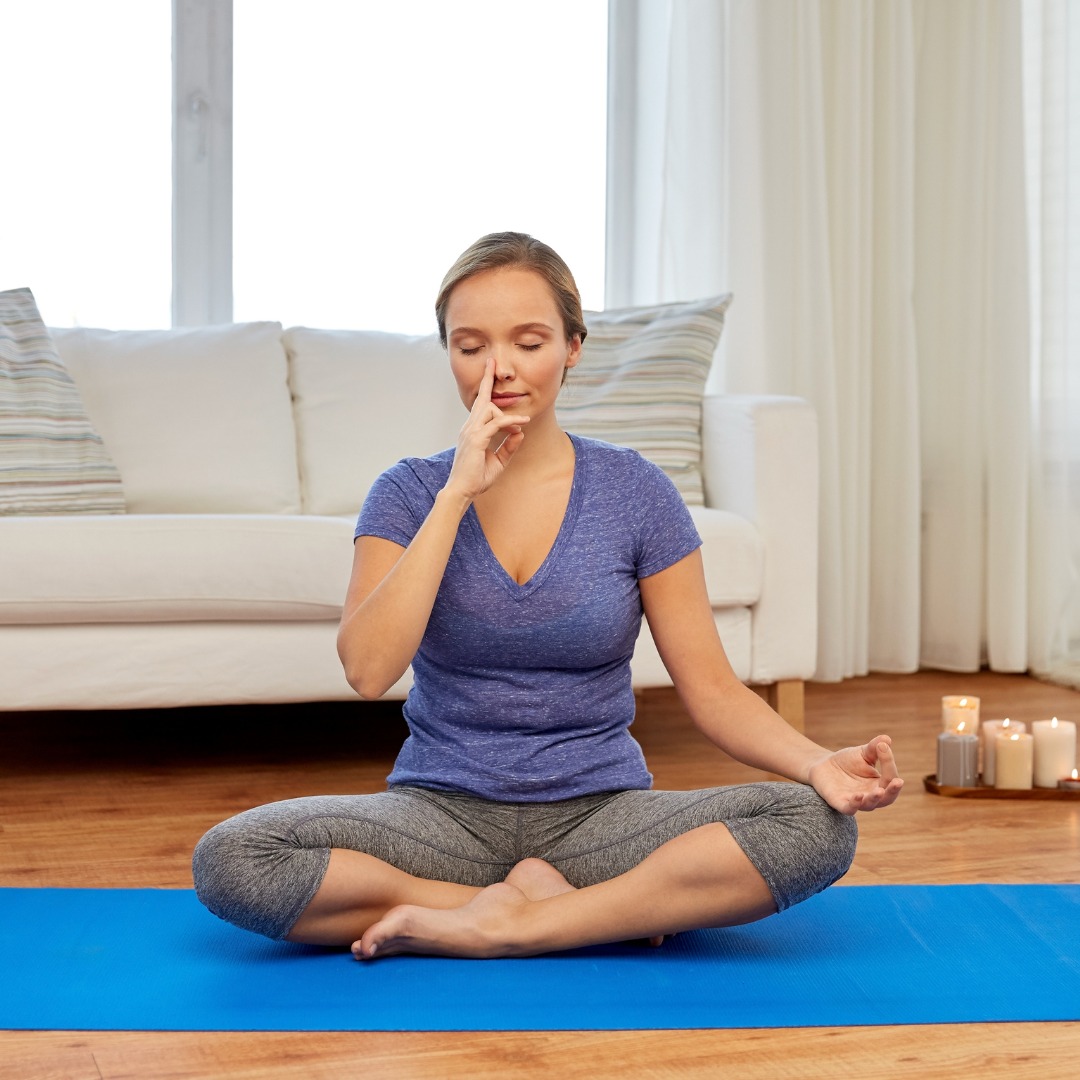Disclosure:
Thank you for reading this post, don't forget to subscribe!
Some of the links on this website are affiliate links. This means that if you click on the link and make a purchase, we may receive a small commission at no extra cost to you. Your support helps us keep the site running.Learn more on my Privacy Policy and Affiliate Disclosure page. Thank you for your support!
Breathing is an automatic function, but conscious breathwork can significantly enhance mental health, physical well-being, and overall quality of life. Understanding the science behind breathing and practicing effective techniques can reduce stress, improve focus, and increase energy levels.
The Science Behind Breathing
Breathing is more than just oxygen intake; it regulates the autonomic nervous system (ANS), which includes the sympathetic (fight-or-flight) and parasympathetic (rest-and-digest) responses. By controlling your breath, you can shift from a stress response to a relaxed state, promoting overall well-being.
READ NEXT:
How Breathwork Affects the Brain and Body
- Oxygenation: Proper breathing optimizes oxygen supply to the brain, enhancing cognitive function and reducing fatigue.
- Heart Rate Variability (HRV): Slow, deep breathing improves HRV, which is linked to resilience and stress management.
- Cortisol Reduction: Deep breathing decreases cortisol levels, reducing anxiety and promoting relaxation.
Three Effective Breathwork Methods for Stress Relief
| Breathwork Method | How It Works | Benefits | How to Do It |
|---|---|---|---|
| Box Breathing (4-4-4-4) | A controlled breathing technique that helps regulate the nervous system. | Reduces stress, enhances focus, and promotes relaxation. | Inhale for 4 seconds → Hold for 4 seconds → Exhale for 4 seconds → Hold for 4 seconds. Repeat for a few minutes. |
| Diaphragmatic Breathing (Belly Breathing) | Deep breathing that engages the diaphragm to maximize oxygen intake. | Lowers heart rate, reduces anxiety, and improves lung function. | Sit or lie down, place a hand on your belly. Inhale deeply through the nose, feeling the belly rise. Exhale slowly through the mouth. Repeat for 5–10 minutes. |
| Alternate Nostril Breathing (Nadi Shodhana) | A yogic breathwork practice that balances energy and calms the mind. | Enhances mental clarity, reduces stress, and improves focus. | Close your right nostril with your thumb, inhale through the left nostril. Close the left nostril, exhale through the right. Repeat, alternating sides for a few minutes. |
This table provides a simple yet effective guide to incorporating breathwork into your daily routine for better stress management and overall well-being.
Effective Breathwork Techniques for Relaxation
1. Diaphragmatic Breathing (Belly Breathing)
Diaphragmatic breathing engages the diaphragm for deeper, more efficient breaths.
- How to do it:
- Sit or lie down in a comfortable position.
- Place one hand on your chest and the other on your belly.
- Inhale deeply through your nose, expanding your belly.
- Exhale slowly through your mouth.
- Repeat for 5-10 minutes.
2. Box Breathing (Four-Square Breathing)
Box breathing helps improve focus and calm the nervous system.
- Steps:
- Inhale for 4 seconds.
- Hold your breath for 4 seconds.
- Exhale for 4 seconds.
- Hold for 4 seconds before repeating.
3. 4-7-8 Breathing Technique
This technique promotes relaxation and is effective for sleep improvement.
- Steps:
- Inhale through your nose for 4 seconds.
- Hold for 7 seconds.
- Exhale slowly through your mouth for 8 seconds.
- Repeat four times.
4. Alternate Nostril Breathing (Nadi Shodhana)
This method balances the left and right hemispheres of the brain, reducing stress.
- How to do it:
- Close your right nostril and inhale through the left.
- Close the left nostril and exhale through the right.
- Inhale through the right nostril, close it, and exhale through the left.
- Repeat for 5 minutes.
5. Resonance Breathing
Breathing at six breaths per minute enhances cardiovascular function.
- How to do it:
- Inhale for 5 seconds.
- Exhale for 5 seconds.
- Maintain for 10 minutes daily.
Benefits of Breathwork for Mental and Physical Health

Mental Health
- Reduces anxiety and depression symptoms.
- Enhances focus and cognitive performance.
- Improves emotional regulation and resilience.
Physical Health
- Lowers blood pressure and improves cardiovascular health.
- Enhances lung function and oxygen utilization.
- Boosts immune response by reducing inflammation.
Incorporating Breathwork Into Your Daily Routine
- Morning Ritual: Start your day with diaphragmatic breathing.
- During Work: Use box breathing to stay focused.
- Before Bed: Try 4-7-8 breathing to relax and improve sleep.
- Exercise Recovery: Use deep breathing post-workout to aid muscle recovery.
Further Learning
For more wellness and mental health tips, explore our related articles on Morningscape Mindset Media.
For additional scientific insights, check out:
RECENT POST:
Conclusion
Breathing is more than just an automatic bodily function—it’s a powerful tool for relaxation, stress relief, and mental clarity. By understanding the science behind breathwork and incorporating simple techniques into your daily routine, you can tap into its transformative potential to calm your mind, reduce stress, and improve your overall well-being.
Whether it’s practicing deep belly breathing, trying the 4-7-8 technique, or exploring alternate nostril breathing, these methods are accessible, effective, and can be done anywhere, anytime. The key is consistency and mindfulness. Even a few minutes of intentional breathing each day can make a significant difference in how you feel.
Your Turn: Which breathwork technique will you try today? Whether it’s a quick deep breathing exercise or a longer meditation session, take a moment to pause, breathe, and reconnect with yourself. Share your experience in the comments below—we’d love to hear how breathwork is helping you!
And if this article inspired you, don’t keep it to yourself. Share it with a friend, family member, or coworker who could use a little relaxation in their life. Together, we can create a community of calm, focused, and mindful individuals.
For more tips on mindfulness, wellness, and living your best life, explore Morningscape Mindset Media and subscribe for regular updates. Let’s breathe deeply, live fully, and unlock the power of relaxation—one breath at a time.
MORE ABOUT:
HEALTH / WELLNESS / FITNESS / NUTRITION
SHARE THIS ARTICLE

















